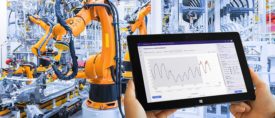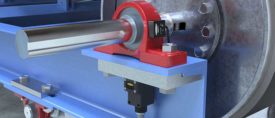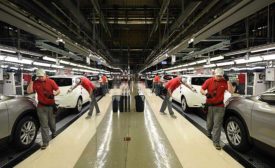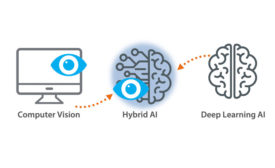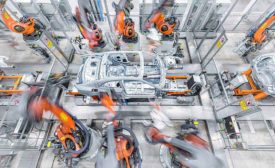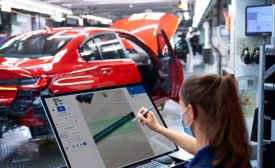Home » Industry 4.0
Articles Tagged with ''Industry 4.0''
Large and small manufacturers are increasingly vulnerable to cyberattacks.
Read More
Connectivity for the Factory of the Future
How can a manufacturer ensure its IIoT assembly lines are properly connected? Use control- and field-level automation equipment with interfaces that meet the latest communication standards.
August 23, 2022
Computer Hardware for Industry 4.0
New types of hardware will be needed to collect, route, process and display manufacturing data.
August 18, 2022
VW and the Cloud
By creating an industrial cloud, VW hopes to improve systemwide productivity by 30 percent.
June 30, 2022
Smart Manufacturing at Audi
Digital transformation is well underway at Audi’s five assembly plants worldwide.
June 29, 2022
BMW Applies AI to Assembly
AI is helping BMW inspect parts, control processes and route AGVs.
June 29, 2022
Never miss the latest news and trends driving the manufacturing industry
Stay in the know on the latest assembly trends.
JOIN TODAY!Copyright ©2024. All Rights Reserved BNP Media.
Design, CMS, Hosting & Web Development :: ePublishing


